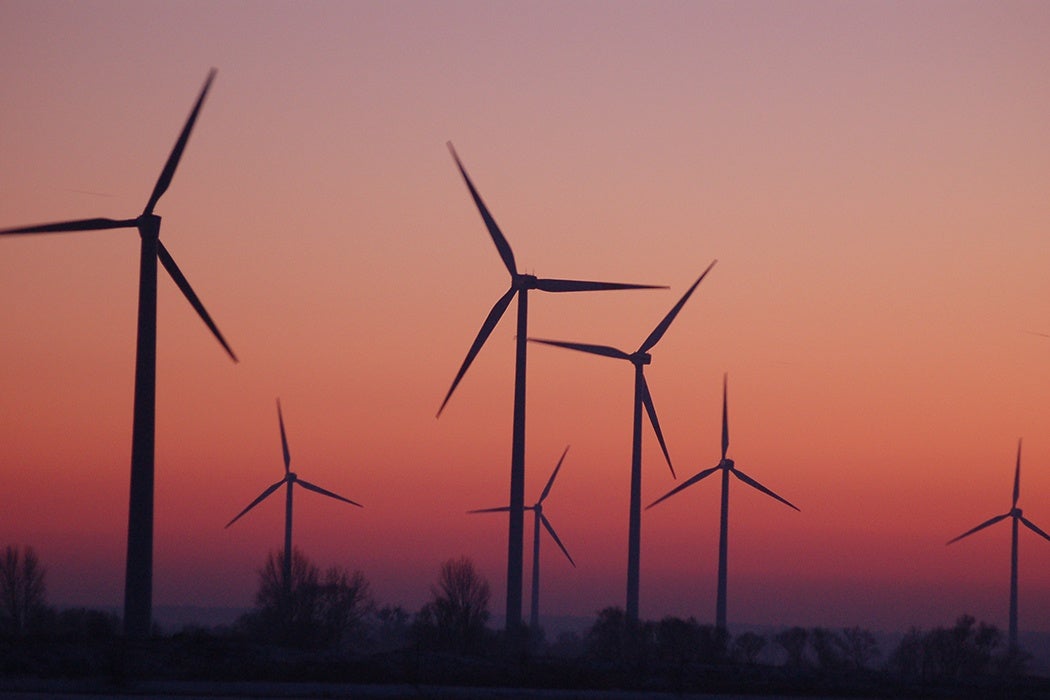In recent decades, renewable energy has taken off, but fossil fuel alternatives are not always completely benign. Take for example, wind power. While it can be an excellent source of clean power, wind power also kills a lot of wildlife. Migrating birds collide with the whirling turbines, but recent research has revealed that the species with the most casualties may actually be bats (some of which are protected by law). Why are hundreds of bats killed by wind turbines each month? And can anything be done about it?
Research has yielded a lot of speculation but few firm answers. Certain kinds of bats, especially tree-roosting, migratory bats, seem to be especially vulnerable. It is not as simple as bats accidentally passing too close to turbines. Evidence is mounting that bats are actively attracted to turbines.
Scientists don’t know exactly why bats are attracted to turbines, but there are multiple theories. Various bat behaviors, including feeding and mating, may draw bats closer to the whirling blades. Turbines are typically the tallest structures in a landscape, which may make them attractive as gathering places for bats. Bats are particularly vulnerable during migration, when they tend to be flying higher, closer to wind tower altitudes, and echolocating less, making it harder to detect the blades. Bats may even simply be curious.
Trauma discovered on bat bodies suggests that they are actively hit by the turbines, rather than colliding with stationary towers. A direct strike is not necessary to kill a bat, however; turbulence created by the blades can cause fatal internal injury even to bats unfortunate enough simply to pass too close.
Weekly Digest
Fortunately, there may be ways to mitigate the damage. Research has shown that bats are most vulnerable at lower wind speeds when the blades turn more slowly. This is especially true when the blades first start to turn, known as cut-in. Accordingly, increasing the minimum wind-speed at which the turbines cut in drastically reduces bat mortality without dramatically decreasing power production. Notably, it is still unclear why exactly this method is effective. Either way, solving the bat problem is crucial if wind power is to live up to its environmentally-friendly billing.







